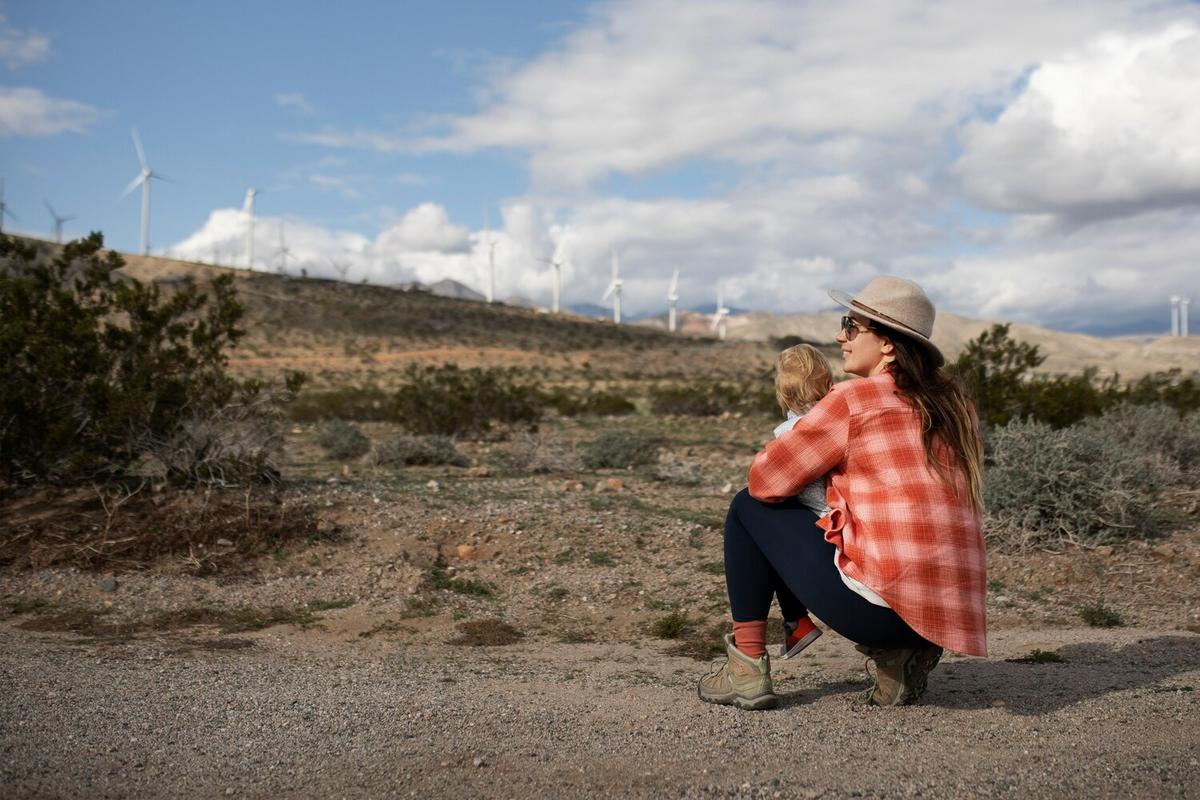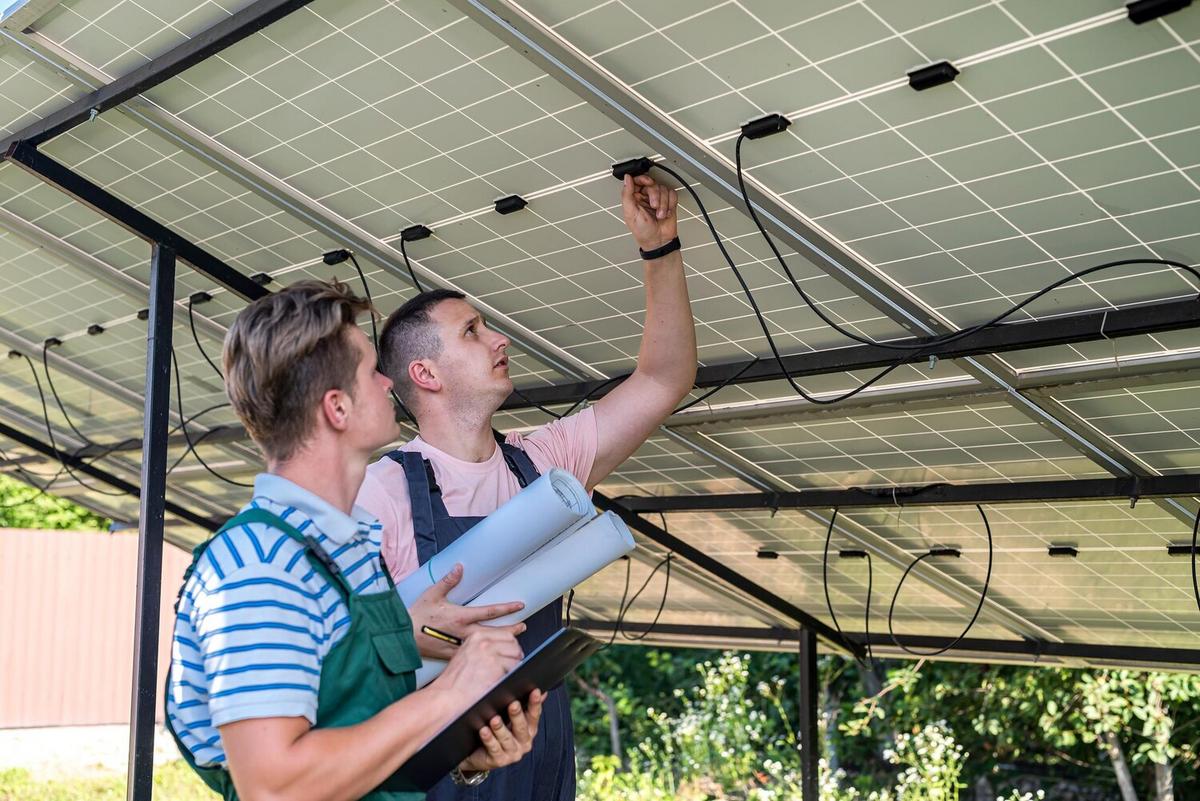Transitioning to a self-sufficient lifestyle by living off-grid offers a unique opportunity to embrace sustainable living while reducing dependence on traditional utilities. Whether driven by environmental consciousness or the desire for independence, making this transition requires careful planning and a shift in mindset.
Understanding the Off-Grid Lifestyle
Living off-grid involves generating your own power, managing water resources, and growing food. According to a study by the U.S. Energy Information Administration, around 180,000 U.S. homes are already living independently from the grid. This movement towards sustainability is growing as people seek to minimize their ecological footprint.
Expert Insights
“Embracing an off-grid lifestyle means prioritizing resourcefulness and resilience,” says Emma Thompson, a sustainability expert. “It’s about creating a life that aligns with nature’s rhythms.”
Key Elements of Off-Grid Living
- Power Generation: Solar panels and wind turbines are popular choices for generating electricity. Research suggests that solar energy costs have declined by 70% over the last decade, making it more accessible.
- Water Management: Rainwater harvesting systems and well installations are essential. Consider consulting local regulations and resources for setting up an efficient system.
- Food Production: Growing your own food can be rewarding. Start with raised beds and greenhouses to extend your growing season.
Personal Experiences
Mark and Lisa, who transitioned to off-grid living three years ago, share that their journey started with small steps. “We began by installing solar panels and gradually moved to a fully self-sufficient lifestyle,” Mark explains.
Actionable Tips for Transitioning
- Start small by reducing energy consumption and practicing water conservation.
- Invest in reliable technology for renewable energy.
- Join online communities for support and advice from experienced off-gridders.
Consider attending workshops or courses on sustainable living to gain practical skills and knowledge.
Additional Resources
For those looking to delve deeper, websites like Off Grid World offer comprehensive guides and community support.
Comparison Table: Traditional vs. Off-Grid Living
| Aspect | Traditional Living | Off-Grid Living |
|---|---|---|
| Electricity Source | Grid-dependent | Solar/Wind |
| Water Source | Municipal supply | Rainwater/Well |
| Food Supply | Store-bought | Home-grown |
| Monthly Costs | High Utility Bills | Maintenance Costs |
| Environmental Impact | Higher | Lower |
| Independence | Dependent | Independent |
| Initial Setup | Minimal | Investment Required |
| Knowledge Requirement | Basic | Advanced |
Frequently Asked Questions
Is off-grid living legal?
Yes, but it’s important to check local zoning laws and regulations before making the transition.
How much does it cost to go off-grid?
Costs vary based on location, technology, and lifestyle, but initial investments in renewable energy and water systems are essential.
Conclusion
Transitioning to an off-grid, self-sufficient lifestyle can be a fulfilling journey towards sustainable living. By understanding the key elements, seeking expert advice, and starting with manageable steps, anyone can embark on this transformative path. Explore resources, connect with communities, and take action to live in harmony with nature.




Leave a Reply